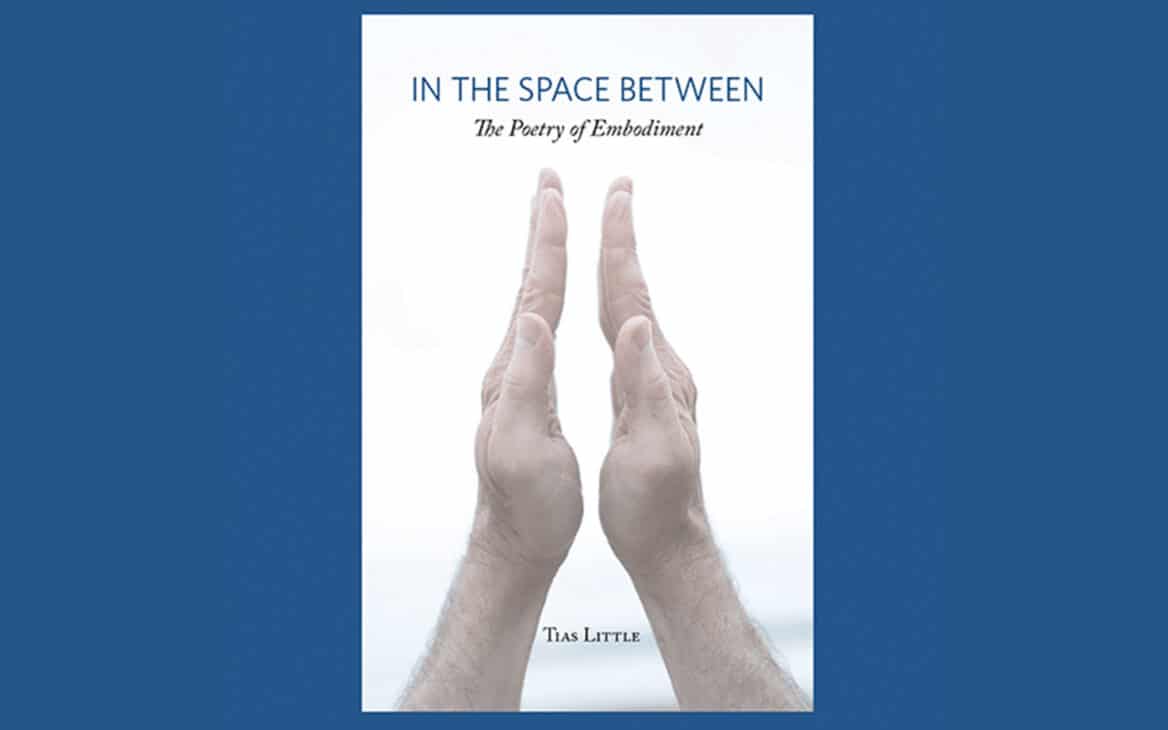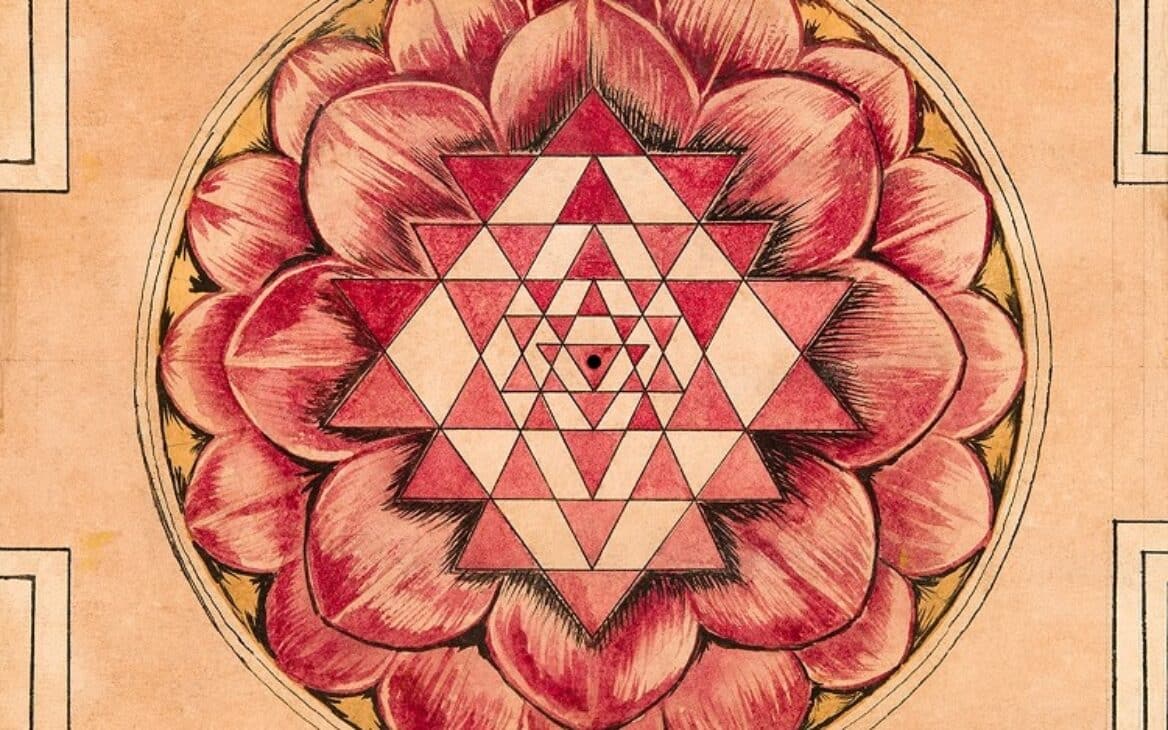(As published in allthingshealing.com)
The aim of a yoga practice is to reduce suffering. To do this we practice postures, recite incantations and study sutras. A yoga practice should necessarily involve working with pain. The asanas are good to reduce lower back pain, shoulder pain, sacroiliac pain and the like. At the same time, a well-rounded yoga practice should address what my Tibetan teacher Tsoknyi Rinpoche describes as “mind pain”. How do we attend to our mind pain? We must look into the troubles in our minds and in this article I would like to address our perception of trouble.
Most problems are self-created. When we adhere to problems, the ego takes a kind of pride from embellishing its own troubles. We “chew” on problems due to the way the ego cherishes them and gives them significance. The more significant our problems, the more significance attributed to the ego. We identify troubles as belonging to us, sometimes perceiving them as being inseparable from ourselves. Our problems become us…How unbecoming!
Sometimes they are big problems with real significance, and yet all too often they are miniscule, petty things that compel us to churn. This identification with difficulty shows up when we meditate. The mind looks for trouble and if it does not find any, it might make up some trouble just to have something to dwell on. We are unfamiliar with a state of mind that does not pursue problems. For many of us, we don’t experience an untroubled state of mind. The mind does not know what to do with itself when it is not mulling over its own limitations, its own neurotic impulses, its own strivings.
It is a myth to think that the ego can ever be satisfied, that it is possible to consummate the ego’s drive for perfection, its impulse to figure it all out and set things straight. When we are driven toward perfection of ourselves, it only leads to dissatisfaction, feelings of unworthiness and “mind pain”. In this country, with the American dream of freedom and success branded into our frontal cortex, goals of self-fulfillment are set unrealistically and are a source of real suffering.
In the teachings of the yoga dharma, it is impossible for the ego to ever be fulfilled because it is not altogether real. It is a fabrication. The idea that complete peace or happiness can be realized by the ego is like attempting to feed a stuffed animal to bring it to life. It is just not possible.
We all too often listen to the voice of the ego without thoroughly examining its validity. We must assume the disciplined testing and analysis of a scientist, place our ego under a microscope to see what’s there. If we look long and carefully enough, we see that there is really nothing there. The ego is like clouds—formed by the conditions and patterns of circumstance and, like the weather, it is subject to change. The nature of the ego is evanescent, and like clouds, insubstantial.
This is one reason why the ego loves problems. Problems seem real, solid and fixed. Especially when strong emotion gets entangled with preoccupied thinking. Then the ego really gets to go to work. Its job is to get things all straightened out. Like Bob the Builder, the ego needs a job! So even if there is no problem, the ego strategizes to make up a problem just so it has something to do.
The object of yoga and meditation is to drop any preoccupation with having to get it all right, work it all out and set things straight. What we need to do in the practice of the yoga dharma is to let go of our neurotic impulses to fix things. This runs antithetical to the ego’s job description. That is why the state of nirodha (Sanskrit term meaning “stopping”) is so unfamiliar and so difficult to realize. The very first step is to notice how the ego looks for trouble, so that it can put on its hard hat and go to work.


